Toy Stories – What’s at Play for Your Child’s Early Language Development?
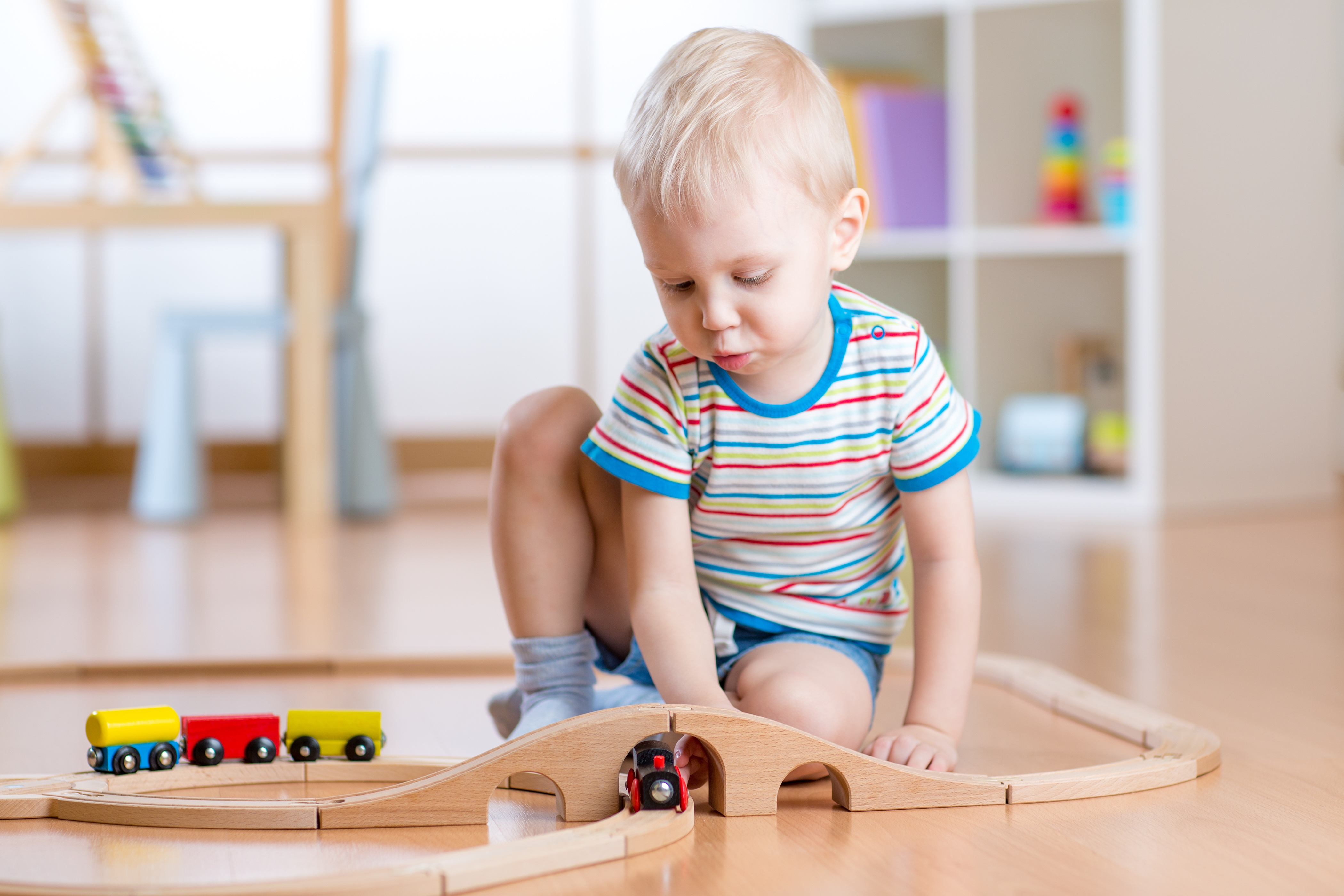
Your child likely has some favourite toys or play activities. As a parent, you may be wondering whether certain types of toys are better at supporting language and play skills than others.
Let’s look at a recent study that involved 203 Kindergarten children (108 boys; 95 girls) to explore this question further.1
Children’s favourite types of toys
Researchers showed images of three different toys to children and asked them to pick which one they would most like to play with.1 Some toys were more “open-ended,” while others were more “closed.” For example:
A pre-assembled dollhouse | Blocks | ||
|---|---|---|---|
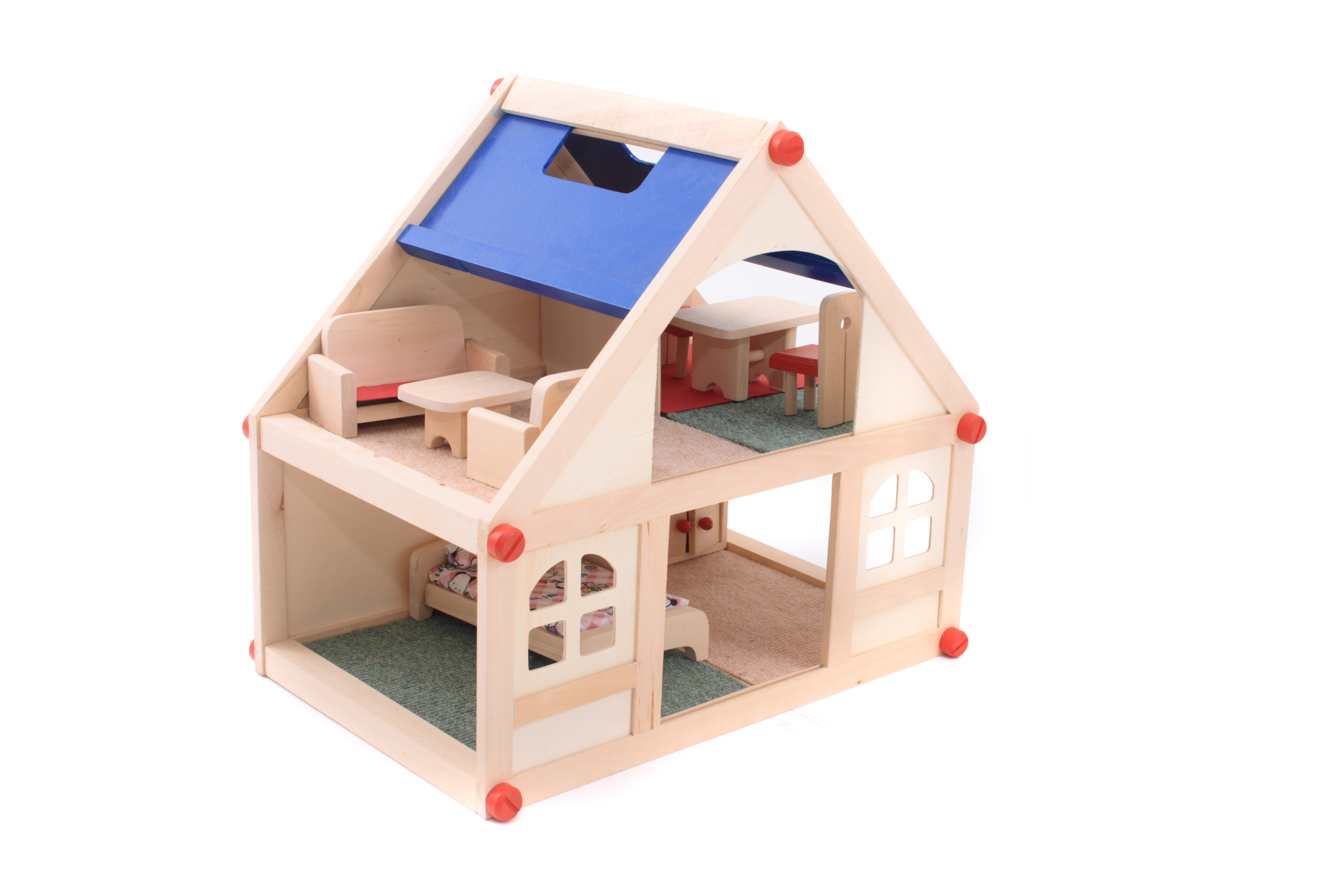 | 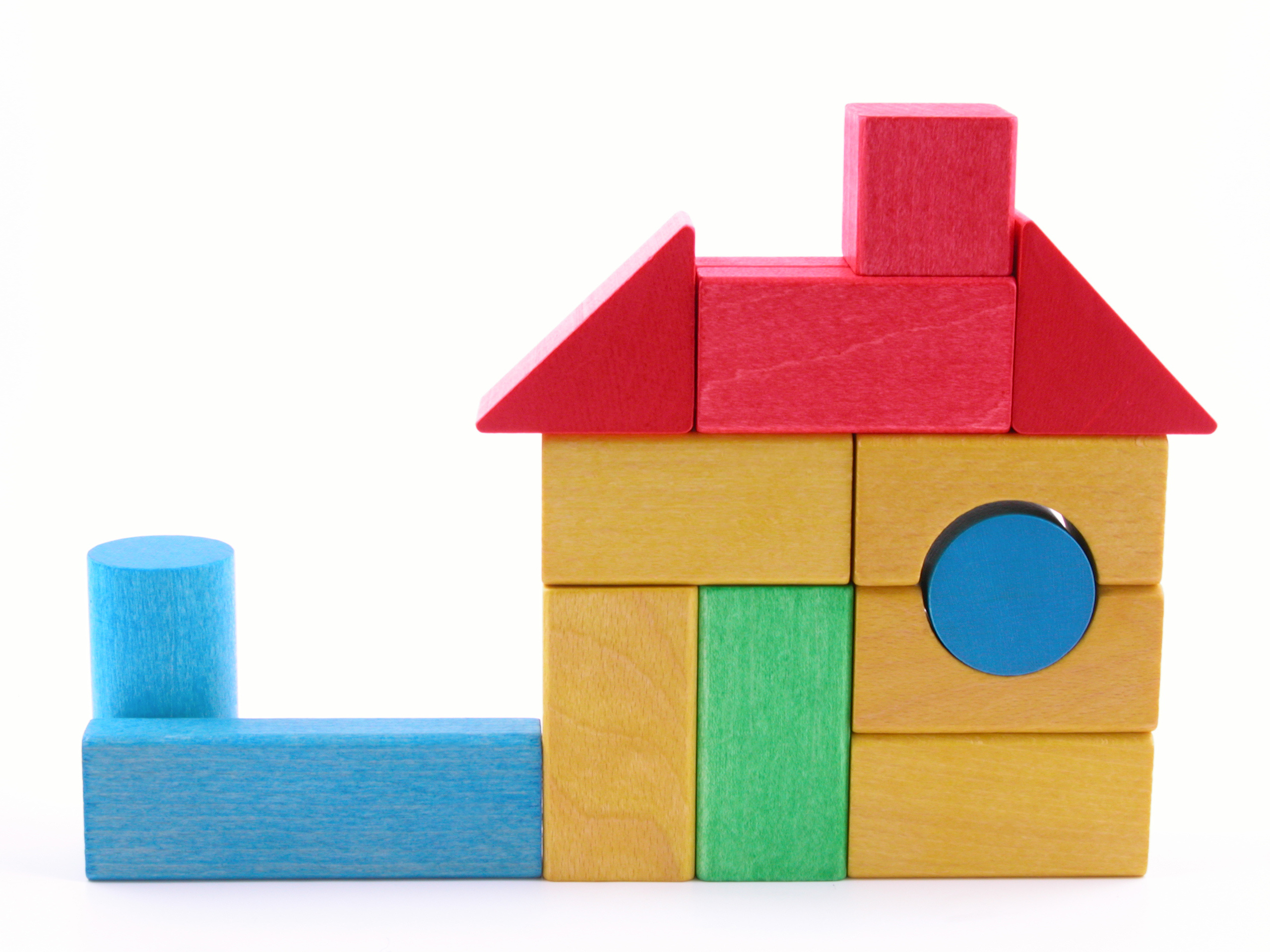 | ||
 | is more CLOSED. When a child plays with this toy, it is likely to be used only as a “house.” |  | are more OPEN. When a child plays with this toy, it is more likely to be used for many of their different ideas. |
15% of children preferred the toys that were more OPEN, like the blocks above.1
So, if children largely prefer CLOSED toys, is that what works best for supporting their play development? There is another important factor in this study.
Children’s imagination and toys
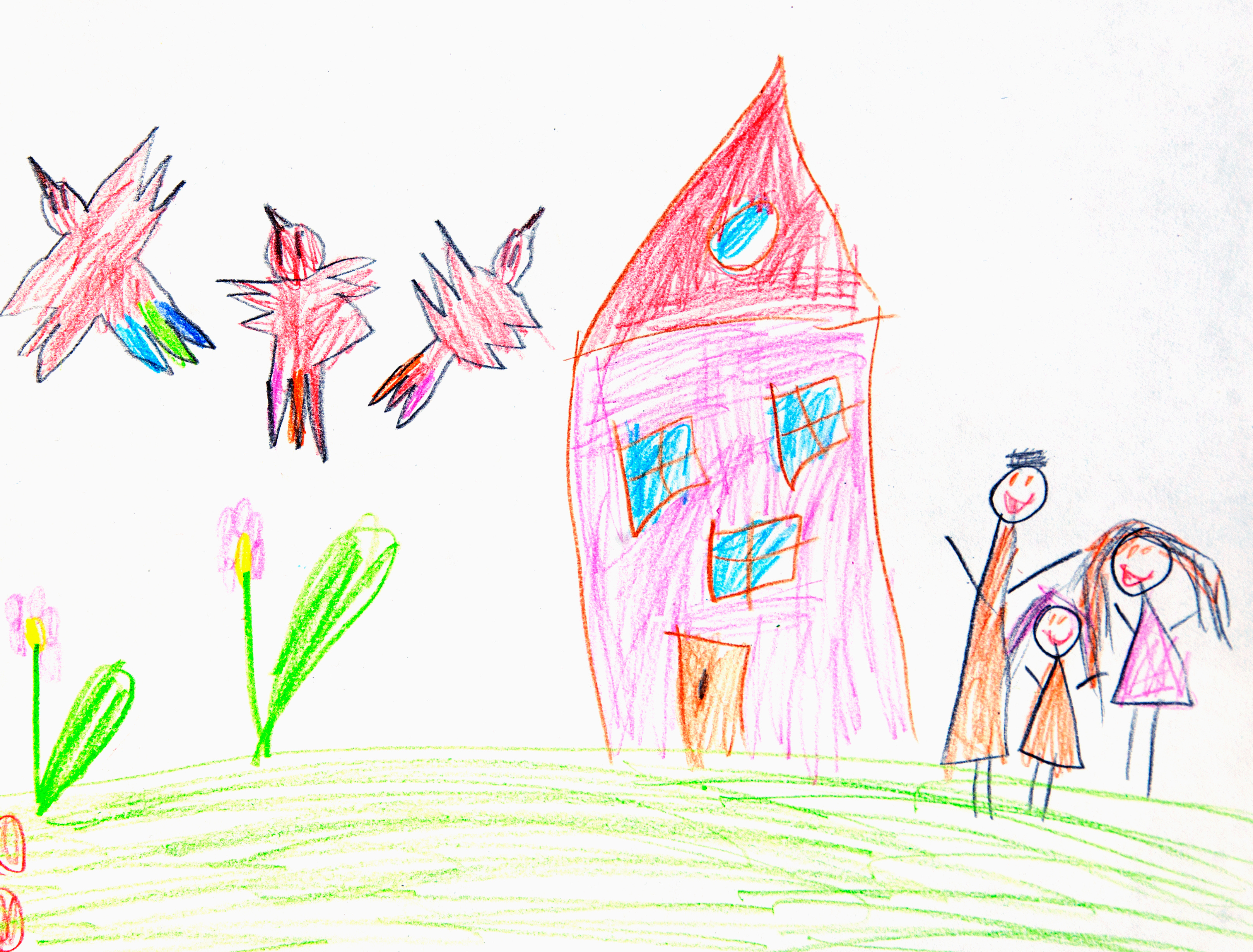 In the same study, children were asked to complete drawing tasks, and the researchers looked at their drawings for originality, creativity and imagination.
In the same study, children were asked to complete drawing tasks, and the researchers looked at their drawings for originality, creativity and imagination.
Children with the highest scores for originality and creativity were more likely to prefer OPEN toys.1
This suggests that, for a child who chooses OPEN toys, “play will be more filled with… [their] meanings and motivations than if the child relies on the possibilities of a ready-made toy.”1
CLOSED toys often come pre-packaged with stories or concepts that are associated with a particular film, tv show, or video game franchise. This may actually limit children’s ability to explore their own ideas with those toys.1
Okay, so does this mean we should encourage children to play with OPEN toys more regularly, even if they initially prefer CLOSED toys? Well, not exactly.
Supporting children’s play development
This study also points to one more key piece of the puzzle: Children who are less interested in OPEN toys will likely benefit even more from joint play and supportive interactions with adults.1
In other words, parents have an essential role in supporting children’s play skills.2
In It Takes Two to Talk® – the Hanen intervention for parents of children with language difficulties – we look at three different types of children’s play:
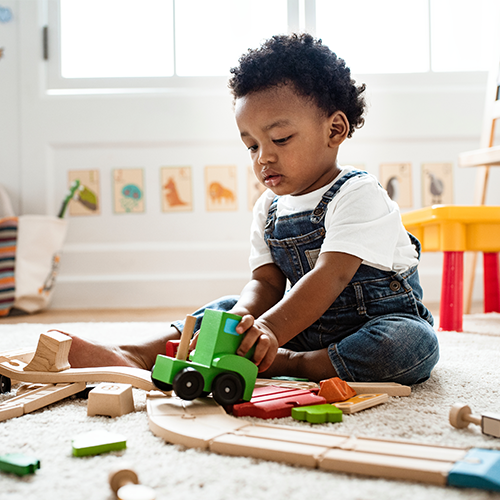
- Early functional play includes exploring toys or objects in different ways like banging, shaking or mouthing.
- Later functional play involves using toys the way they are “meant” to be used.
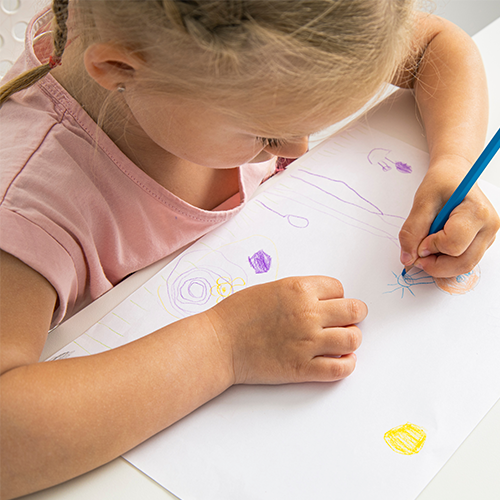
Constructive play includes using toys / objects to construct or create something. For example:
- Building a house with blocks
- Making a castle out of sand
- Creating animals with clay
- Drawing a picture of their family
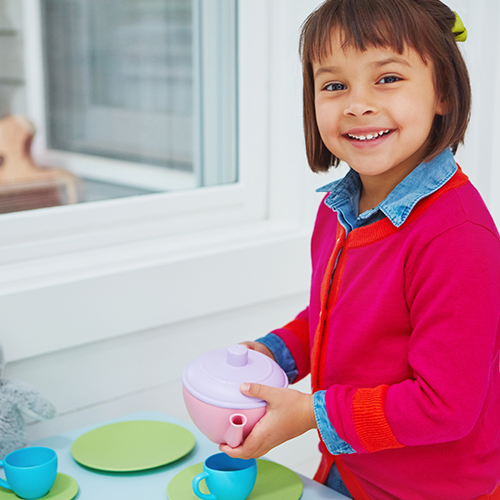 Pretend play involves “making-believe.” For example:
Pretend play involves “making-believe.” For example:
- Feeding a doll or stuffed animal with a bottle
- Using a block as a phone and pretending to call Grandma
- Using toy people to create made-up scenarios like going to the store, or drinking tea
Each child has their own interests, and it is through play that children learn and develop many skills. You can support your child best in whatever type of play they prefer.2 For example, your child may enjoy functional play that involves driving toy cars around, but may also enjoy constructive play when playing in the sand and making sandcastles.
Communication and play develop hand-in-hand. What’s most important is that your child has opportunities to communicate about the things that interest them and to have fun in their interactions with you during their play.2
The study above indicates that children who were “more creative” in their constructive and pretend play were also those who played more often with OPEN toys in the first place.1 These children likely already had more support to develop those skills from extended, back-and-forth interactions with their parents.
So, is one type of toy – or type of play – better than another? The answer is that while some CLOSED toys may cause children to think “inside the box,” you have the power to help your child explore their own ideas and OPEN up endless possibilities in play.
Want to learn more? Check out these Hanen tips for playing your child’s way and having fun.
Similar articles by tag:
